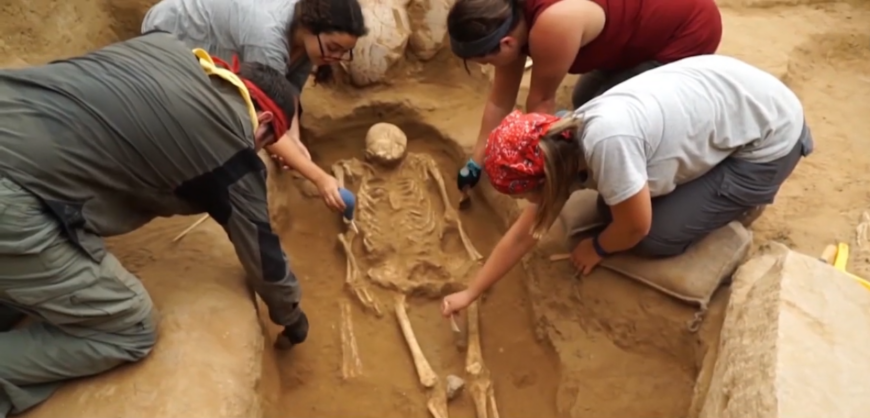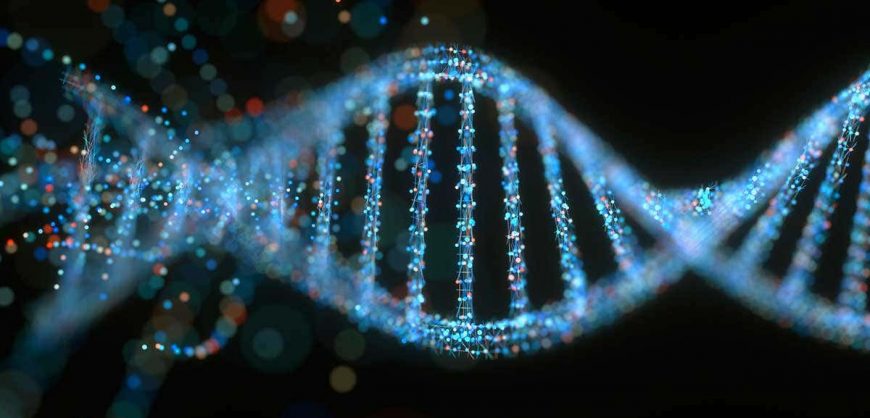The Ancient Egyptians are thought to have been descendants of the Ancient Cretans. The Palestinians have claimed the same. Scientists are searching for the truth, but the evidence is growing towards this theory.
In the case of the Philistines, however, the tribe that was accused more than any other in the Hebrew texts, the investigation provided tangible evidence that they were not only related to the Ancient Greeks, but may have been their descendants.
According to DNA found in a large mass grave of Philistines, the tribe was proven not to be indigenous, but they had migrated to the area of today’s Middle East in 1,200 BC, from southern Europe and probably the Aegean, as at that time, the Greeks were powerful and crossed the Mediterranean with their ships.
The genetic findings came from skeletons discovered by archaeologists in Israel in 2016, including the bones of newborns buried under Philistine homes.
The Philistines were one of the great enemies of the Israelites, as they are always referred to as criminals in the Bible, with the giant Goliath being a prime example.
“Our study showed for the first time that the Philistines migrated to this area in the 12th century BC”, said Daniel Master, director of the Leon Levy mission to Ashkelon, a coastal city where the first Philistine cemetery was found.
“We did not prove it by presenting a similar style of ceramics, we did not show it by looking at texts, we showed it by looking at the DNA of the people themselves”, added the head of the scientific team.
Never underestimate the intelligence of trees
“We can see in Ashkelon new DNA coming from this migratory population that is really changing the whole region”, he said, in an effort to highlight the significance of the discovery.
The Ashkelon team sent more than 100 skeletal specimens to the German Max Planck Institute for the Science of Anthropological History. The DNA was found in ten people, especially in the bones of the inner ear.
The findings, published Wednesday in the journal Science Advances, showed three stages: before migration, after migration, and after a thinning of the genetic imprint in the local population, a few hundred years later.
“Although genetic modeling suggests southern Europe as a region of origin, there are some limitations to the 3,000-year-old DNA test”, said Michael Feldman, an archaeologist who worked on the study at Max Planck.
“This ancestral element comes from Europe or more specifically from southern Europe. The ancestors of the Philistines must have traveled to the Mediterranean and arrived in Ashkelon sometime between the end of the Bronze Age and the beginning of the Iron Age”, Feldman said. “We could say a lot more if we had more data, for example we could pinpoint the source of this migration,” he added.





































